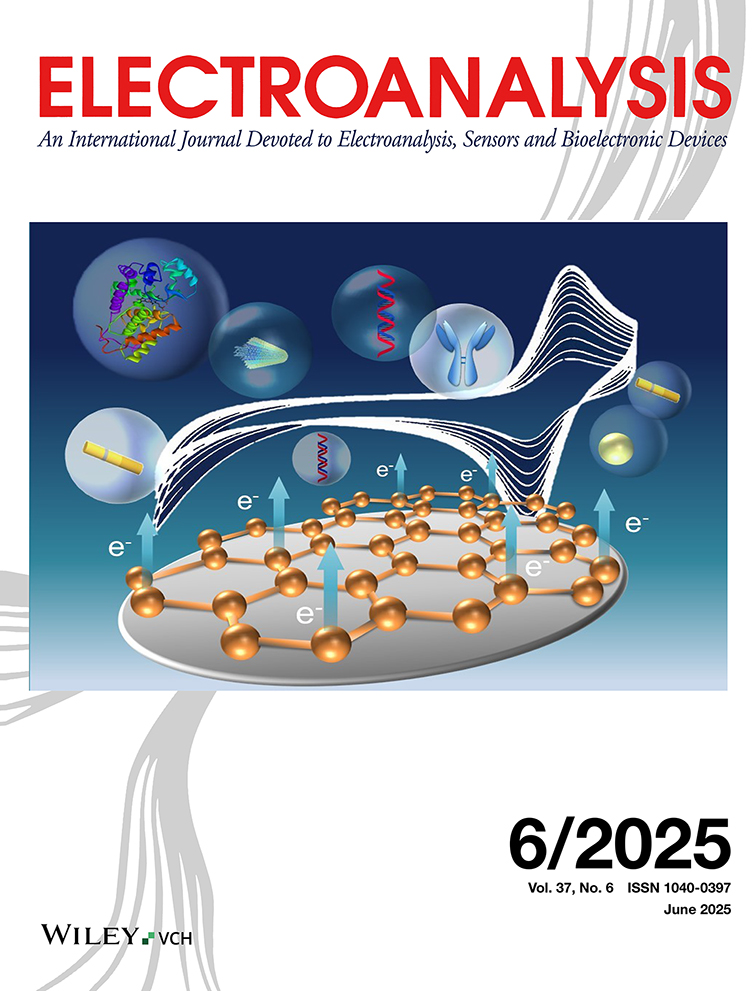Carbon-Nanotube Based Electrochemical Biosensors: A Review
Abstract
This review addresses recent advances in carbon-nanotubes (CNT) based electrochemical biosensors. The unique chemical and physical properties of CNT have paved the way to new and improved sensing devices, in general, and electrochemical biosensors, in particular. CNT-based electrochemical transducers offer substantial improvements in the performance of amperometric enzyme electrodes, immunosensors and nucleic-acid sensing devices. The greatly enhanced electrochemical reactivity of hydrogen peroxide and NADH at CNT-modified electrodes makes these nanomaterials extremely attractive for numerous oxidase- and dehydrogenase-based amperometric biosensors. Aligned CNT “forests” can act as molecular wires to allow efficient electron transfer between the underlying electrode and the redox centers of enzymes. Bioaffinity devices utilizing enzyme tags can greatly benefit from the enhanced response of the biocatalytic-reaction product at the CNT transducer and from CNT amplification platforms carrying multiple tags. Common designs of CNT-based biosensors are discussed, along with practical examples of such devices. The successful realization of CNT-based biosensors requires proper control of their chemical and physical properties, as well as their functionalization and surface immobilization.





